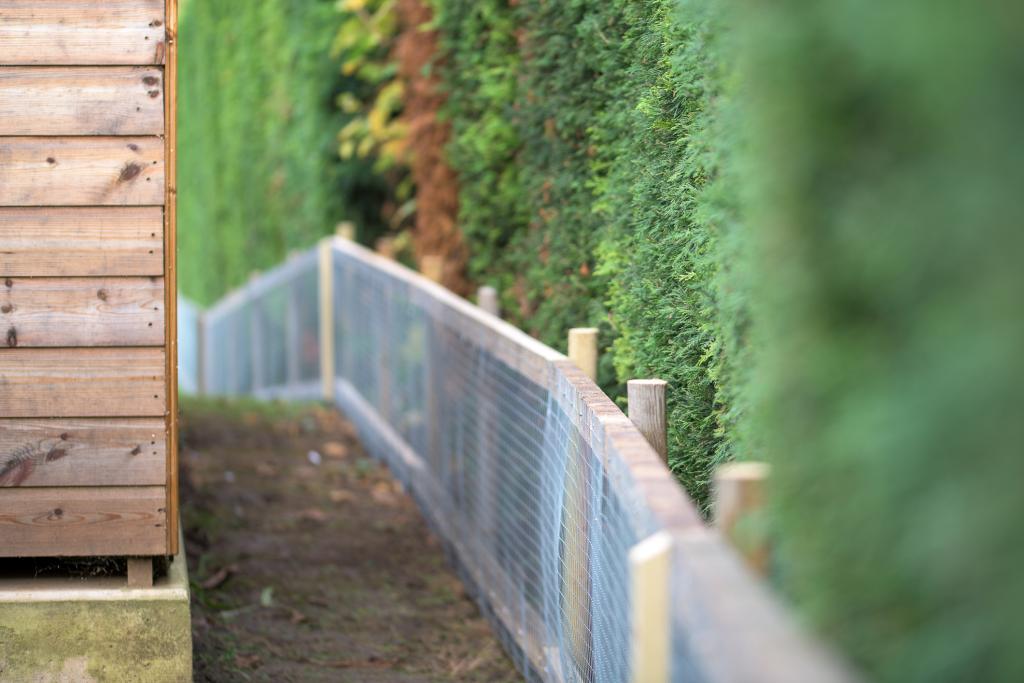
Boundary disputes are common. They often arise where historical plans showing the extent of land being bought and sold are inconsistent with each other and inconsistent with features on the ground; a thick pen drawn around parcels on the plan; and / or the plans are described as ‘for identification purposes only’.
Although much of land in England is now registered, the registered title plans produced by HM Land Registry are based upon ordnance survey plans and are not definitive of the legal boundary. It is a common misconception that the red line on a title plan accurately shows the legal boundary: it does not.
Where neighbours disagree as to the position of the legal boundary, surveyors and solicitors will look to historical conveyances and documentation for both properties, aerial photographs, and try to speak with former owners to ascertain where the boundary was shown, and treated to be.
Where the legal boundary runs can be very important, as it may determine whether and where an extension can be built; whether a wall can be removed; and where a fence might be erected.
Boundary disputes can, understandably, become highly emotional. Unlike business disputes, those involved feel personal affront when a dispute arises because they perceive their neighbour is unfairly claiming land that is not theirs or is obstructing them from claiming what is legally their land. These feelings are exacerbated where neighbours were previously on friendly terms. Where the boundary dispute is on ‘the doorstep’, it is difficult for those involved to enjoy living at their property.
Boundary disputes can be settled by agreement between the owners of the land concerned, to avoid costly litigation and to seek to preserve neighbourly relations. When you come to sell a property, you will be asked about communications with neighbours and any existing or previous boundary disputes should be disclosed. Ongoing boundary disputes will have a negative impact on the saleability of a property.
What is a boundary agreement?
If the Court is asked to determine the boundary it will make a declaration as to the position of the legal boundary. The declaration will be based upon the historical conveyances, expert and witness evidence given at trial. By contrast, a boundary agreement is an agreement made independently between neighbours. They are free to agree whatever position they choose for the legal boundary. Often the terms of the agreement will necessarily be a compromise, or there may be an incentive offered by one owner to the other to secure the full extent of the boundary pursued.
The boundary agreement should be in writing and attach a scaled plan showing the position of the agreed boundary, by reference to existing features ‘on the ground’. The boundary agreement can also include provisions as to maintenance or replacement responsibilities for boundary features, the height, material and colour e.g. that one owner erects and maintains a fence no more than 2 metres in height on the boundary. It is best practice for the boundary agreement to be recorded against the registered titles of the properties concerned, so that future owners are aware of the existence of it and what it provides.
What if a successor in title does not know of the boundary agreement?
The case of White v Alder [2025] was decided by the Court of Appeal in April 2025. It concerned whether a boundary agreement binds a successor in title, whether they had knowledge of the agreement, or not. In White v Alder, Mr White was the owner of Willow Cottage, and Mr and Mrs Alder owned The Old Stores next door. They both purchased their properties in November 2005.
In October 2005 the previous owners of Willow Cottage and The Old Stores had verbally agreed the location of the boundary. They also agreed that The Old Stores’ owner was the owner of the boundary feature, which was a wall. The agreement was recorded in writing and shown on a plan. The owners did not then arrange for the agreement to be registered.
Mr White purchased Willow Cottage without knowledge of the October 2005 boundary agreement. Some 11 years later, he demolished a part of the boundary wall to construct an extension to Willow Cottage. The Alders alleged trespass and sought an injunction and damages.
The Court found that the 2005 boundary agreement was an agreement to clarify an uncertain boundary and was binding against successors in title. Permission to appeal was granted on grounds that Mr White did not know of the boundary agreement until long after his purchase.
However, the Court of Appeal concluded that where the extent of land has been conclusively established by a boundary demarcation agreement, a purchaser cannot acquire more land than that owned by the vendor. It therefore follows that the parcels are defined when transferred to a successor in title. On grounds of public policy, boundary agreements are to be encouraged and favours the binding nature of them, even if a successor in title had no knowledge of it. Accordingly, the Appeal was dismissed.
Next steps
Should you require legal advice on a disputed boundary, or boundary demarcation agreements, do contact our Property Litigation team.
